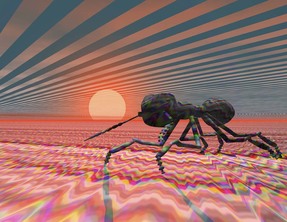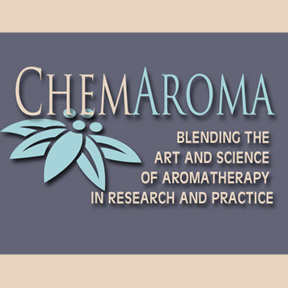 From the Science Side Dr. Bill Kurtin 'The interactions realized from the use of a natural plant oil cannot be mimicked in the laboratory by mixing together individual components of the oil. Plant oils are too diverse and complex.' Recently Dr. Kurt Schnaubelt, a person well-known in essential oil professional circles, proposed an interesting idea regarding the biological action of essential oils. The idea is based on the modern concept from systems biology known as emergence. One way of stating this principle is that once the complexity of a system increases enough, the individual parts of the system communicate in a way that leads to the emergence of a new and fundamentally unpredictable phenomenon. The great biologist E. O. Wilson has provided one of the best examples of emergence. We are all familiar with the powerful things that an ant colony can accomplish. Wilson and others have shown that the individual ants communicate with each other almost totally by giving off scent molecules, called pheromones. No one ant “knows” specifically what its job is. It just senses the pheromones around it and that sensation determines its behavior (go get some dirt, look for food, etc.). Taken together, the collection of behaviors enables the colony to do great things, which are not predictable from observing what single ants do! Schnaubelt has proposed that the therapeutic effects of essential oils cannot be predicted from the properties of its single components, but requires the synergistic interactions of the sometimes large number of individual components of the oil with multiple molecular targets in cells and tissues. The therapeutic effect emerges from these multiple interactions. The interactions realized from the use of a natural plant oil cannot be mimicked in the laboratory by mixing together individual components of the oil. Plant oils are too diverse and complex. This is an interesting idea, and, biochemically, it is certainly probable that each component of an essential oil, once inside a biological cell, would interact with a number of different molecular targets. One can also imagine however that the complexity of this collection of interactions would pose enormous challenges to the study of the theory in the laboratory. It’s a provocative idea nonetheless.
2 Comments
|
Dr. Bill Kurtin is a biochemist, with a distinguished record of teaching and research at Trinity University in San Antonio, TX. Archives
March 2020
Categories
|

 RSS Feed
RSS Feed